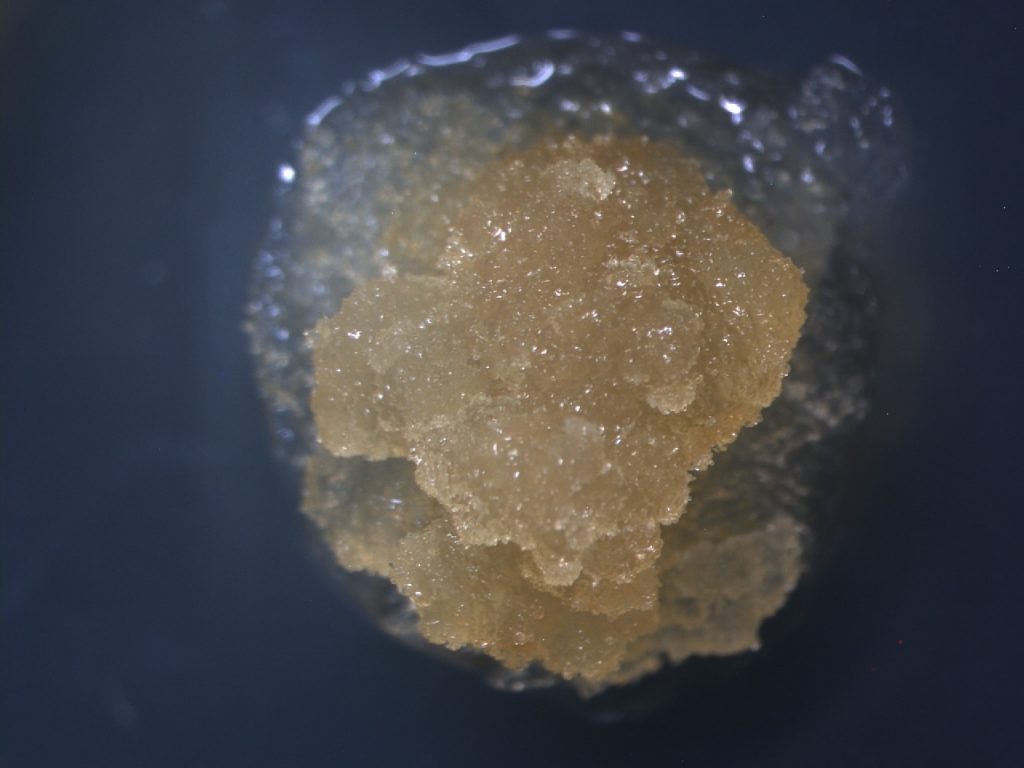
Environmental pollution is highly topical, affects all of us and is of the highest concern to the public. With the progress of science and technology, new materials are developed and placed on the market, attracting particular interest for application in different areas, such as biomedicine, industry and agriculture. Among the new generation materials, we find the so-called nanomaterials, i.e. materials having dimensions between 1 and 100nm in diameter that have gained growing popularity due to their unique electrical, mechanical, physicochemical properties and the low manufacturing costs. The term “nanomaterials” refers to several products having different composition, structure and dimensions such as metal oxides and dioxides (gold, silver, titanium, copper and zinc nanoparticles) and graphene- based materials (graphene oxide, graphene nanosheets, ultrathin graphite, graphene quantum dots and hydrate graphene ribbon) that have been widely utilized in a diverse range of applications in many fields such as pharmaceuticals, biomedical products, textile, packaging, cleaning, skincare products, paints and children toys.
With the growing production and use of these nanomaterials, the possibility of their release into ecosystems (soil, water and air) during all stages of the life cycle (manufacturing phase, applications and disposal of nanomaterials- based products), is expected to significantly increase, representing an emerging source of contamination. Although most of these materials are present at low concentrations, many of them raise great concerns about their impact on the environment and, consequently, human health, particularly regarding their accumulation in plants that are a food source for organisms of higher trophic levels and essential components to ecosystem function.
In the field of ecotoxicology, a suitable strategy to assess the potential toxicity of specific substances is the use of in vitro plant cell and tissue cultures. In vitro techniques is used to obtain dedifferentiated cells or plant tissues from several plant species and constitute a valuable tool to study the processes involved in the uptake, accumulation, tolerance and detoxification of contaminants in plants, especially in woody species characterised by long reproductive cycles. The use of methods based on in vitro cultures offers the experimental advantage to investigate the behaviour of plant cells under controlled conditions (light, temperature, humidity and composition of nutrient media), reducing environmental variations that can affect the bioavailability of the toxic substances in the culture medium. Moreover, under axenic conditions, free of bacterial and/or viral contamination, we can also distinguish the response of plants from those of microorganisms present in the rhizosphere.
In the laboratories of the CNR-IBBA, this technique is exploited to study the phytotoxicity of several organic and inorganic contaminants. In particular, black poplar (Populus nigra), a pioneer tree species in the riparian ecosystem, is used as model plant due to its notable capability to tolerate and remove environmental pollutants as previously assessed in hydroponics and in vitro experiments.
Recently, callus cultures of Populus nigra L. have been utilised to investigate the potential chronic toxicity of Ag in the form of bifunctionalized silver nanoparticles (AgNPs-Cit-L-Cys), novel nanomaterials, synthetized using two highly hydrophilic capping agents, i.e., citric acid (Cit) and L-Cysteine (L-Cys) and intended for environmental applications in pollution monitoring and remediation. In this study, poplar calli were exposed for a long exposure time (21 days) to two different AgNPs concentrations, higher than those detected in the environment in order to induce a detectable response in plant cells. Moreover, to differentiate between effects specific to nanoparticles and ionic silver, poplar cell cultures were treated with silver nitrate (AgNO3) under the same experimental conditions. The chronic toxicity was evaluated by analysing biochemical and physiological parameters associated to stress response. The results showed that AgNPs-Cit-L-Cys were more toxic on poplar calli compared to AgNO3, that the harmful activity of AgNPs-Cit-L-Cys might be correlated with their physicochemical properties and not solely attributed to the released Ag+ ions and, lastly, confirmed that phytoxicity of nanoparticles is associated to oxidative stress, consistent with a significant increase in lipid peroxidation level and the activation of defence mechanisms, involving antioxidative enzymes.
Further studies are underway to better understand AgNPs-Cit-L-Cys uptake, accumulation and their impact on secondary metabolism also at molecular level and to evaluate phytotoxicity of several new materials in the perspective of a safer environmental application.
Author: Valentina Iori